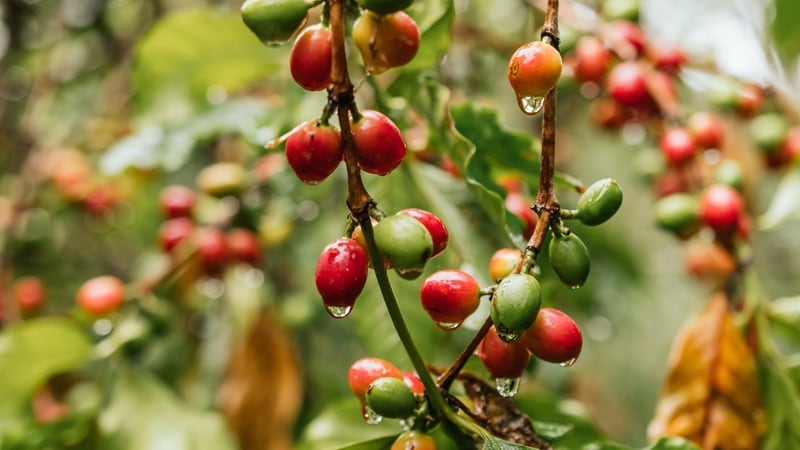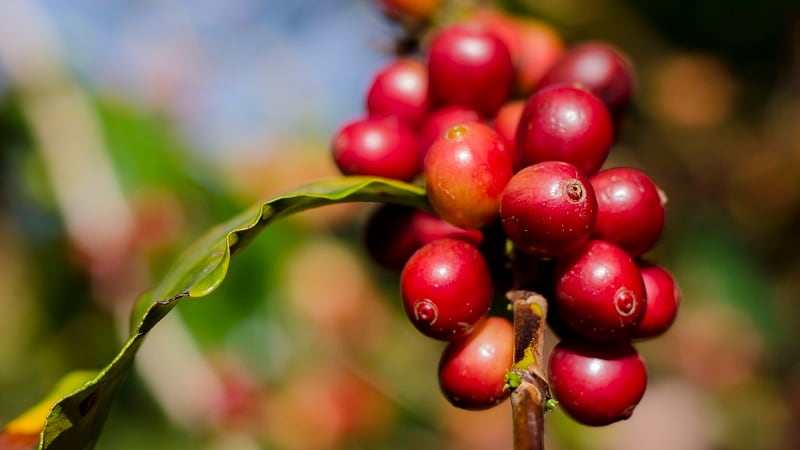The Swiss consumer packaged goods (CPG) giant Nestlé is helping its farmer suppliers manage business risks, which in turn is bolstering its supply chain, Ana Cristina Tovalin, sustainability manager of strategy and deployment at Nestlé, told AgTechNavigator at the World Agri-Tech Innovation Summit in Mexico City last week.
Tovalin is part of a team in Mexico, ensuring that Nestlé’s operations teams work as sustainably as possible, while tracking key business objectives and standards. Nestlé supports several sustainability initiatives designed to reinforce its supply chain and reward farmers for adopting greener farming practices, Tovalin explained.
“We are a company that operates with a lot of standards and procedures, so what we constantly do is update the standards and keep those key metrics aligned across the organization to ensure goal alignment,” Tovalin elaborated.
Nestlé makes progress on 2030 plan
In 2022, the CPG company revealed its Nescafé Plan 2030 with a 1 billion francs investment, mandating responsible sourcing standards and a plan to source 50% of its coffee from regen agriculture practices, the company shared in a press release.
This year, Nestlé reported that 32% of its coffee in 2024 came from farmers using regen ag, which is above its 20% goal for 2025, the company shared in a press release.
Additionally, Mexico was identified as one country of importance in the 2030 plan, along with Brazil, Vietnam, Colombia, Côte d’Ivoire, Indonesia, and Honduras.
‘Water is the key issue for Mexico’
Nestlé works with industry stakeholders to ensure Mexican farmers understand the technology options available to them and what is the best solution for their farm, Tovalin explained. Mexican farming “is quite complex,” she pointed out.
“Water is the key issue for Mexico. But transition to the best irrigation system — which is drip irrigation — is super expensive,” she added.
Many farmers will invest in technology to conserve water, but they must first ensure that the solution fits their on-farm needs — and most importantly — their budget, Tovalin noted. For instance, a drip hose that hooks up to a pivot “increases the level of efficiency of the water irrigation system, and it is very cost-effective when you compare it with other technologies, such as drip irrigation,” she said.
“What I like most are the technologies that are low disruptive – that does not mean changing the whole production system of the farmer, but that is very friendly for them to adopt, [and] that it has a concrete benefit on their income, on their yield, or on their business continuity,” Tovalin elaborated.
She added, “What we face sometimes with some entrepreneurs that we coach is that they [fall] in love with their solution, but when they go and try to get traction in the field, it does not fit the circumstance.”



